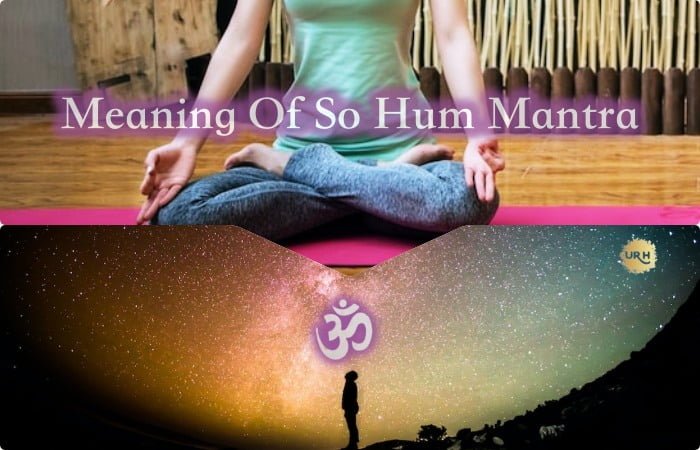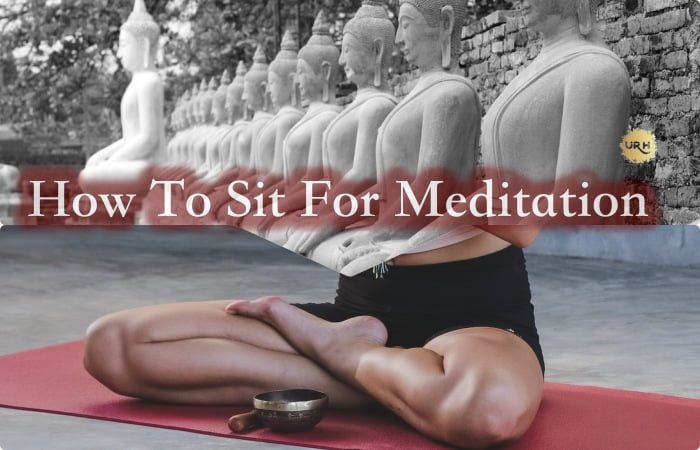
Each day, each moment, we’re writing our own story.
Every action, every choice is a brushstroke.
Remember, U R Habits define you.
The choice is always yours.
What habits will you choose to cultivate?
The brush is in your hand.
Write your own masterpiece.
A big percentage of our actions are not conscious decisions, these actions are the result of our habits. So, now if you think, we even do not notice it, habits are a big part of our life.
Habits – Good or Bad define our life to a large extent. If you take control of your habits, you can take control of your life.
It’s hard to take off a habit as it takes a good amount of time before a new habit can take root in our brains. Our new habits always overpower the old ones.
Psychology of Habits: If you want to change something, put those actions into a routine and form a new habit.
- Top 5 Best Fitness Smart Gadgets
- What Is Teacher Leadership – All You Need To Know
- Is A Rowing Machine Good Exercise – Top 5 Benefits
- Yoga Using Wall – Quick Daily Yoga Routine
- Spiritual Benefits Of Humming And How To Practice
- Work Goals Examples For Evaluation – Get Your Top 5
- New Years Meditation to Bring Positive Change
- Meaning Of So Hum Mantra – 101 Guide To So Ham
- How To Sit For Meditation For Beginners – 3 Best Way
- How To Do Bhastrika Pranayama Step By Step
- Fitness Gadgets (1)
- Personal Development (29)
- Wellbeing (19)

















